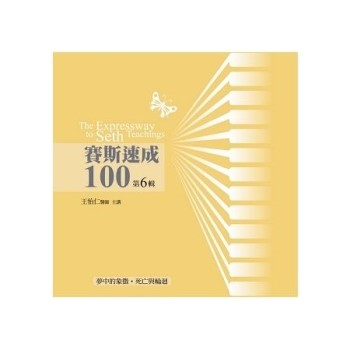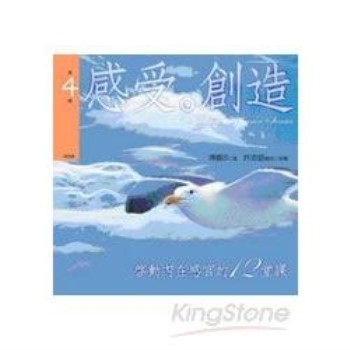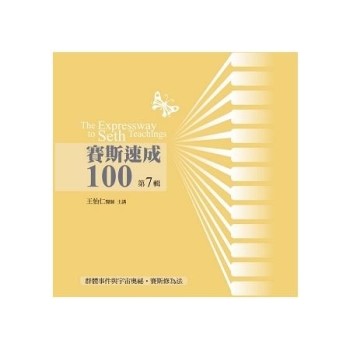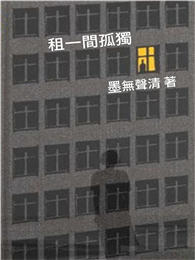An Open Access edition is available on the LUP and OAPEN websites.
Across Europe, the early medieval period saw the advent of new ways of cereal farming which fed the growth of towns, markets and populations, but also fuelled wealth disparities and the rise of lordship. These developments have sometimes been referred to as marking an ’agricultural revolution’, yet the nature and timing of these critical changes remain subject to intense debate, despite more than a century of research. The papers in this volume demonstrate how the combined application of cutting-edge scientific analyses, along with new theoretical models and challenges to conventional understandings, can reveal trajectories of agricultural development which, while complementary overall, do not indicate a single period of change involving the extension of arable, the introduction of the mouldboard plough, and regular crop rotation. Rather, these phenomena become evident at different times and in different places across England throughout the period, and rarely in an unambiguously ’progressive’ fashion.Presenting innovative bioarchaeological research from the ground-breaking Feeding Anglo-Saxon England project, along with fresh insights into ploughing technology, brewing, the nature of agricultural revolutions, and farming practices in Roman Britain and Carolingian Europe, this volume is a critical new contribution to environmental archaeology and medieval studies in England and beyond. Contributors: Amy Bogaard; Hannah Caroe; Neil Faulkner; Emily Forster; Helena Hamerow; Matilda Holmes; Claus Kropp; Lisa Lodwick; Mark McKerracher; Nicolas Schroeder; Elizabeth Stroud; Tom Williamson.

 看圖書介紹
看圖書介紹









